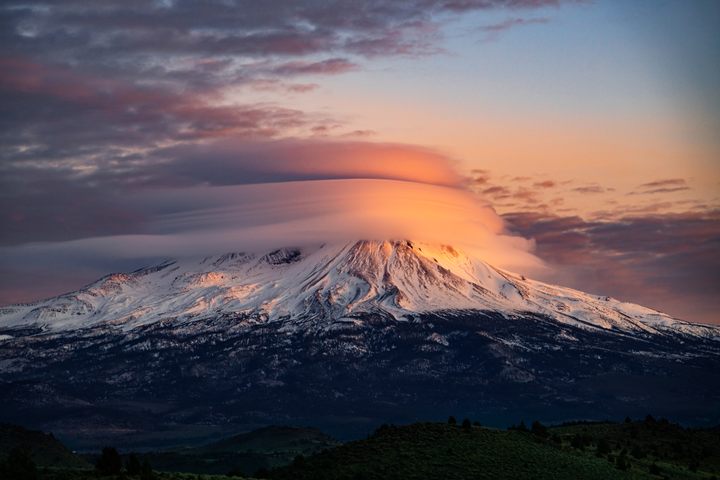
There’s Something About Mount Shasta
The California peak’s striking presence and geological complexity have inspired many believers.
There’s a well-known legend that says that somewhere deep beneath Northern California’s 14,179-foot-tall Mount Shasta is a complex of tunnels and a hidden city called Telos, the ancient “City of Light” for the Lemurians. They were the residents of the mythical lost continent of Lemuria, which met its demise under the waves of the Pacific (or the Indian Ocean, depending on who you ask) thousands of years ago. Lemurians believed to have survived the catastrophe are said to have settled in Telos, and over the years their offspring have been sporadically reported wandering around the area: seven-feet-tall, with long flowy hair, often clad in sandals and white robes.
Lemurians aren’t the only unusual figures said to inhabit this stand-alone stratovolcano, easily seen from Interstate 5, about 60 miles south of the Oregon border. Mount Shasta is believed to be a home base for the Lizard People, too, reptilian humanoids that also reside underground. The mountain is a hotbed of UFO sightings, one of the most recent of which occurred in February 2020. (It was a saucer-shaped lenticular cloud.) In fact, the mountain is associated with so many otherworldly, paranormal, and mythical beings—in addition to long-established Native American traditions—that it’s almost like a who’s who of metaphysics. It has attracted a legion of followers over the years, including “Poet of the Sierras” Joaquin Miller and naturalist John Muir, as well as fringe religious organizations such as the Ascended Masters, who believe that they’re enlightened beings existing in higher dimensions. What is it about this mountain in particular that inspires so much belief?
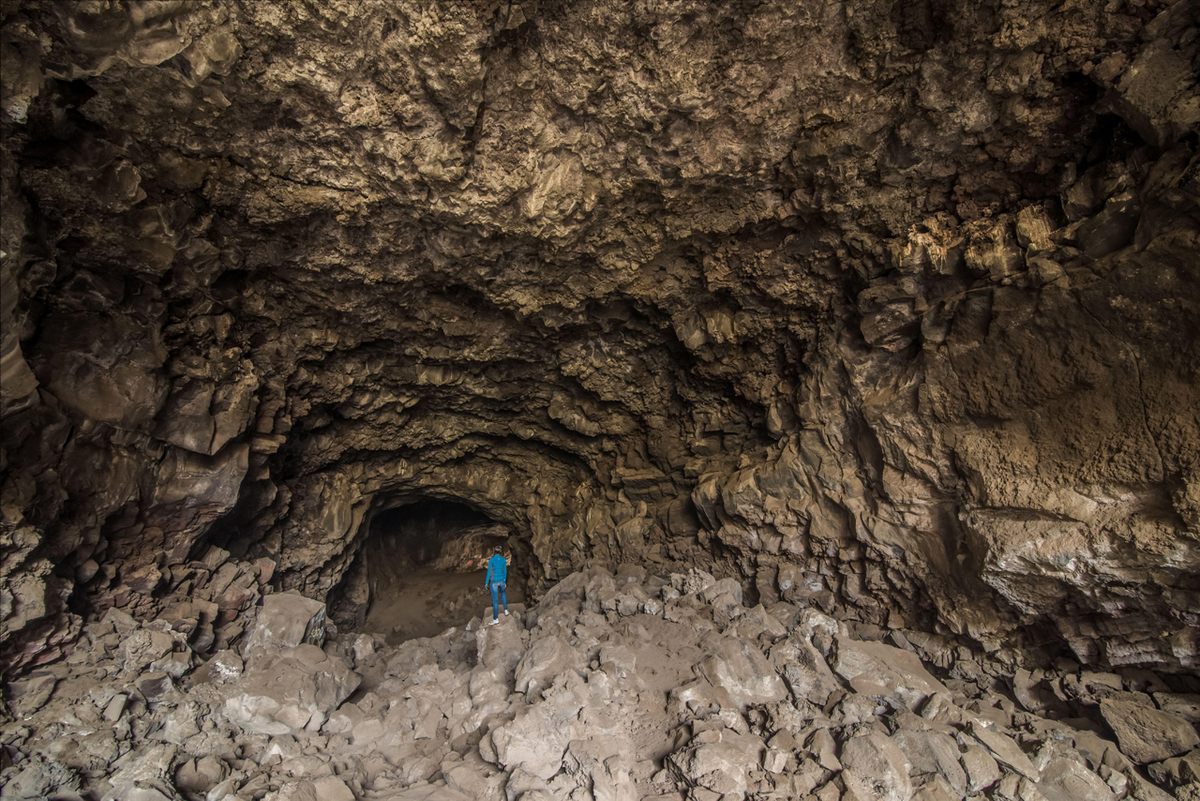
“There’s a lot about Mount Shasta, and volcanoes in general, that are difficult to explain,” says Andrew Calvert, scientist-in-charge at the California Volcano Observatory, “and when you’re having difficulty explaining something, you try and understand it.” Calvert has studied Shasta’s eruptive history since 2001. “It’s such a complicated and rich history,” he says, “and Shasta itself is also very visually powerful. These qualities build on each other to make it a profound place for a lot of people—geologists, spirituality seekers … even San Francisco tech folks, and hunters and gatherers from 10,000 years ago. It’s one that can have a really strong effect on your psyche.”
Mount Shasta is one of the most prominent of all the Cascade volcanoes, an arc that runs from southwestern British Columbia to Northern California, and includes Washington’s Mount Rainier and Oregon’s Mount Hood, among others. “It’s so steep and so tall that it even creates its own weather,” says Calvert. This includes the spaceship-looking lenticular clouds that tend to form around the mountain, created, he says, “by a humid air mass that hits the volcano, and then has to go up a little bit to cool off.” But they only contribute to Shasta’s supernatural allure, along with its ice-clad peak, steaming fumaroles, and shape-shifting surface that’s being constantly broken down and rebuilt by ice, water, wind, and debris. The mountain also sits about 15 miles or so west of the standard arc line of the other Cascade volcanoes—a move that took place about 700,000 years ago. “We don’t really have a good explanation for why it moved out there,” Calvert says, a statement that seems to make Mount Shasta’s mysteries appear more otherworldly by the minute.
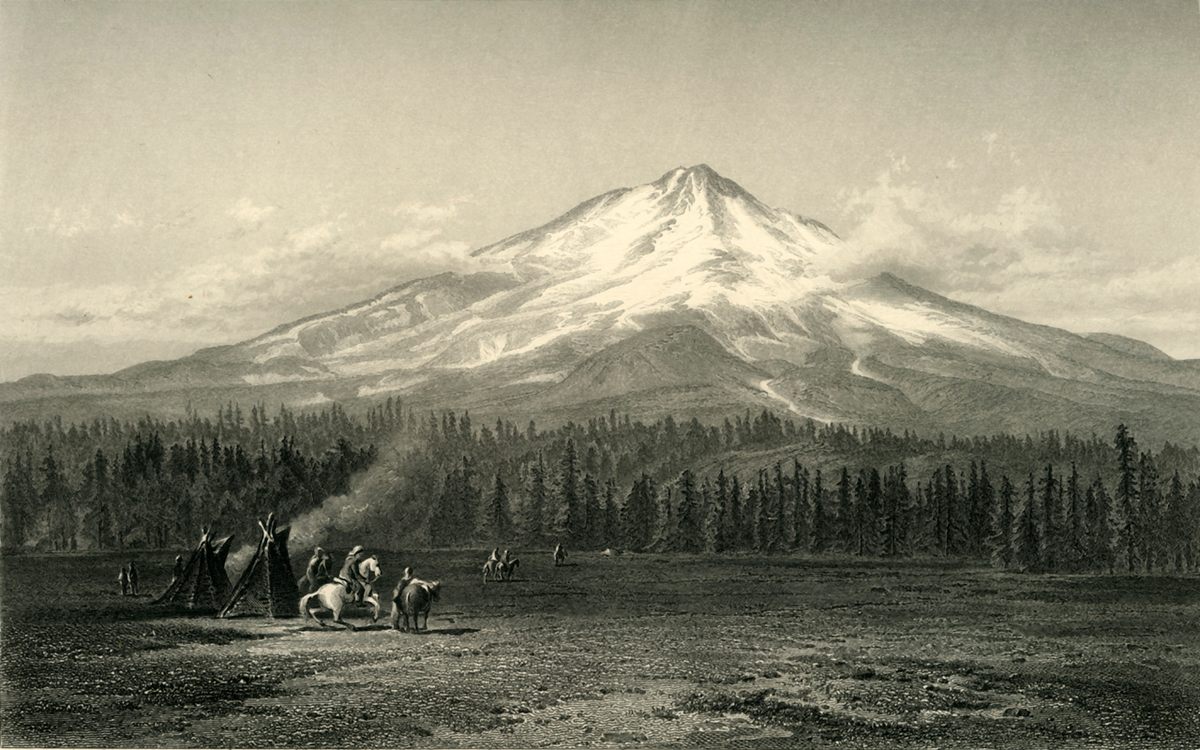
The Mount Shasta spiritual legacy goes far deeper than contemporary myths and sightings. For Native Americans in particular, the mountain is a sacred place, straddling the territories of the Shasta, Wintu, Achumawi, Atsugewi, and Modoc tribes, which can date their lineages back to a time when eruptions actually took place there. (Its last eruption, says Calvert, was a little over 3,000 years ago.)
“Shasta is where G’mokumk, the creator, resided and the original bones of the Modoc people are placed,” says Taylor Tupper, a Modoc Indian of the Klamath Tribes, raised in the Klamath Basin just north of Shasta. “I always bring offerings such as water or tobacco when I visit,” she says, “because I never want to come to the mountain in a bad way.”
But Tupper knows that there’s more to Shasta than that, even. “We’d be silly to think that we’re the only ones here in this vast universe,” she says, pointing out that the volcano is also home to the matah kagmi, the Modoc word for Bigfoot, which are known as the “keepers of the woods.” “Bigfoot have been in existence as long as our people have,” says Tupper. “I haven’t seen them myself, but maybe I wasn’t chosen to see them. I have different gifts.”
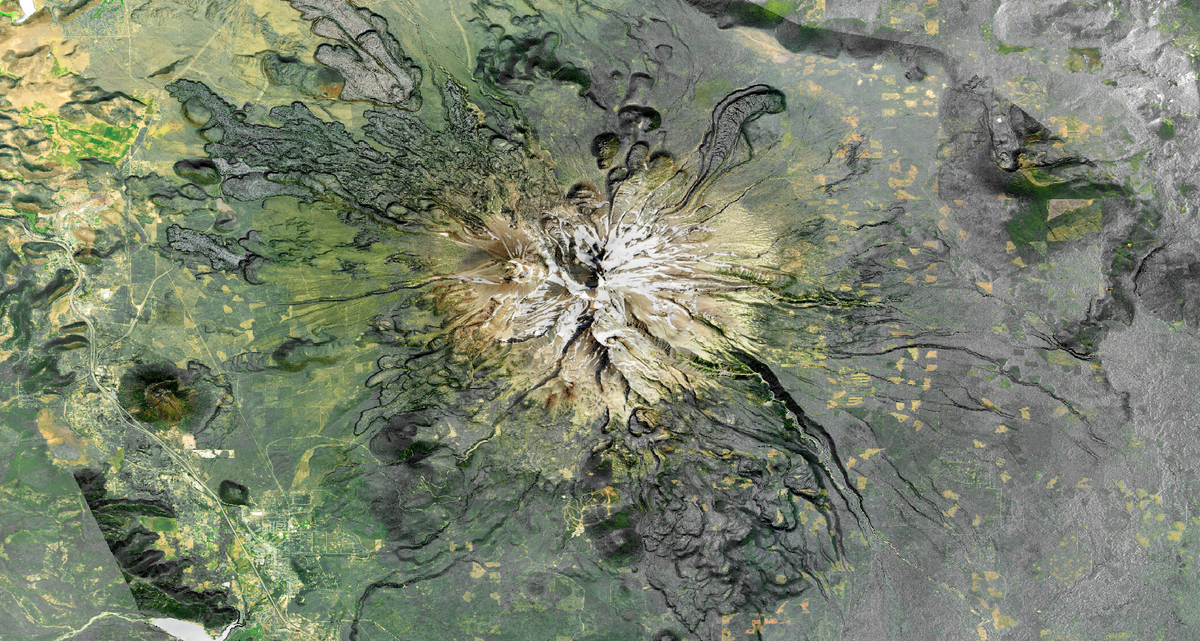
As does Phillip Dawson, a California Volcano Observatory geophysicist who has spent nearly four decades looking at how volcanoes work, listening to the noises of their magmatic and fluid processes (which he calls “talking”), and interpreting those signals in terms of physical processes. He studies volcanoes in a strictly scientific way, but also admits that “like the vast dimensions of this universe, there are unlimited interpretations of place.” So wherever he’s working, he finds out about the local spirits or gods, “and then I ask for their forbearance as I try to understand what they’re saying,” he says. “I guess that means I’m hedging my bets.”
Shasta is an entirely different beast for Dawson, however, because it’s also home. “I grew up in the city of Shasta,” he says. “My father was a geology professor at the College of the Siskiyous in nearby Weed, and for years he cotaught a course called the History and Geology of Siskiyou County alongside history professor Jim Ray. I’d drive around with them and my dad would wave his arms about the geology of the county and Ray would tell how those features and humans interacted over time.”
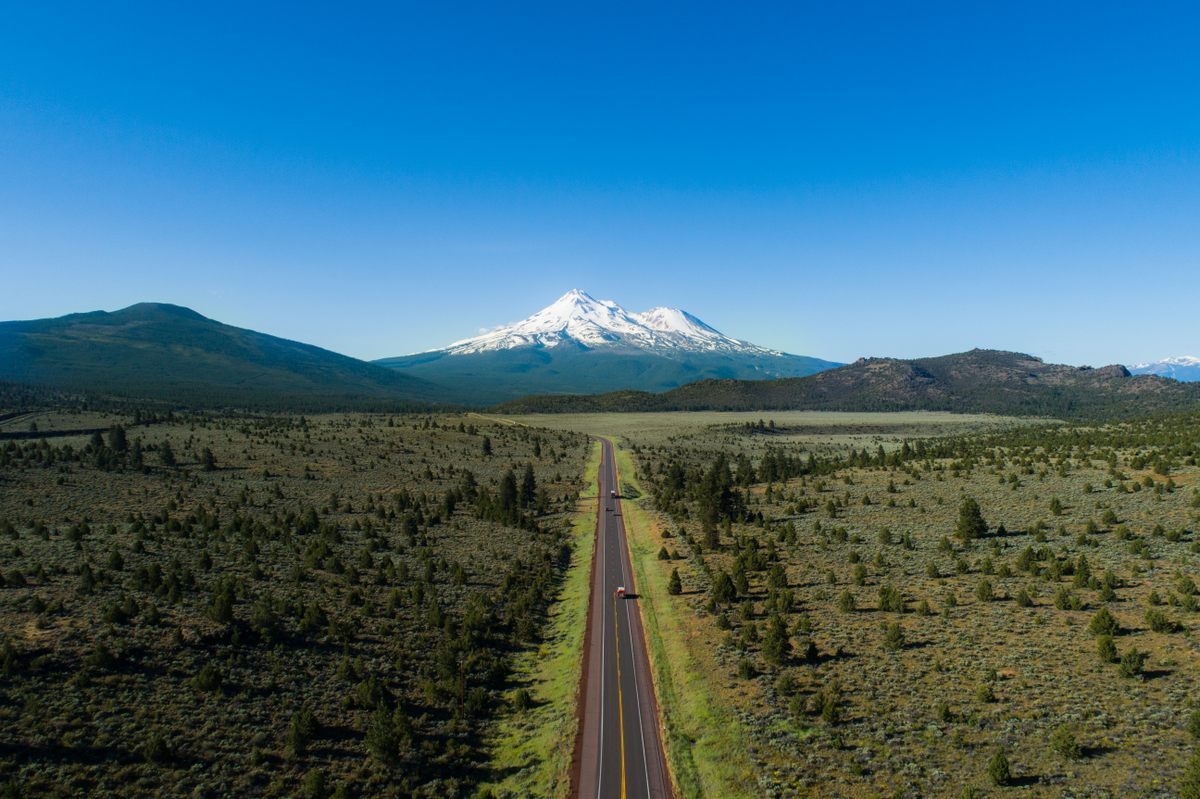
This has taught Dawson a lot about ways physical processes can inspire belief, from the metaphysical, such as Es Vedrà, Spain, a solitary limestone island that’s said to be an energy vortex of healing, to the traditional, such as Uluru, a massive sandstone monolith in the Australian Outback that’s sacred to Aboriginal Australians. But it’s volcanoes that Dawson can speak to best. “I’ve worked in many different places and almost always if you stop and listen people will tell stories about their volcanoes,” he says. “Almost inevitably, people tend to ascribe their violent processes to some kind of god or spirit, because they’re just not understandable, and this in turn comes out in oral histories.” Even in that context, Shasta is different, says Dawson. “You’ll find that people who are just traipsing through the area get stuck here,” he says. “The mountain is just so incredible for them. There’s so much energy [at Shasta], trying to figure out what it all means I think is a lifetime job.”
It’s why Tupper says she leaves people to their own beliefs about Shasta as well: spiritual, metaphysical, or simply on another plane. “People always ask me about UFOs and such, and I say I’m not going to go poking around in others’ business. Every place you go is sacred or special to someone or something, or was at some point. Treat it all with respect and your spirit will be in tune with nature and the creator, and you won’t be going against spiritual law. If you are going against it, nature will let you know.”




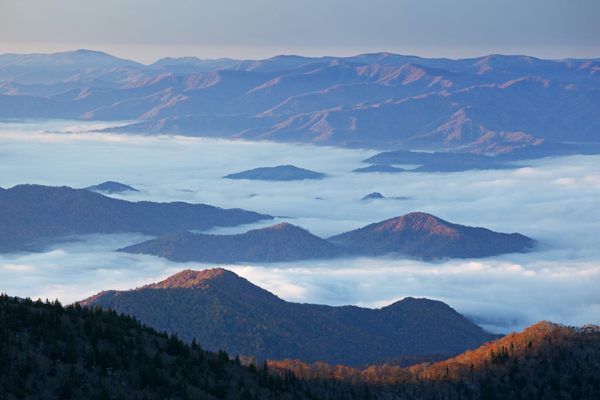




















Follow us on Twitter to get the latest on the world's hidden wonders.
Like us on Facebook to get the latest on the world's hidden wonders.
Follow us on Twitter Like us on Facebook